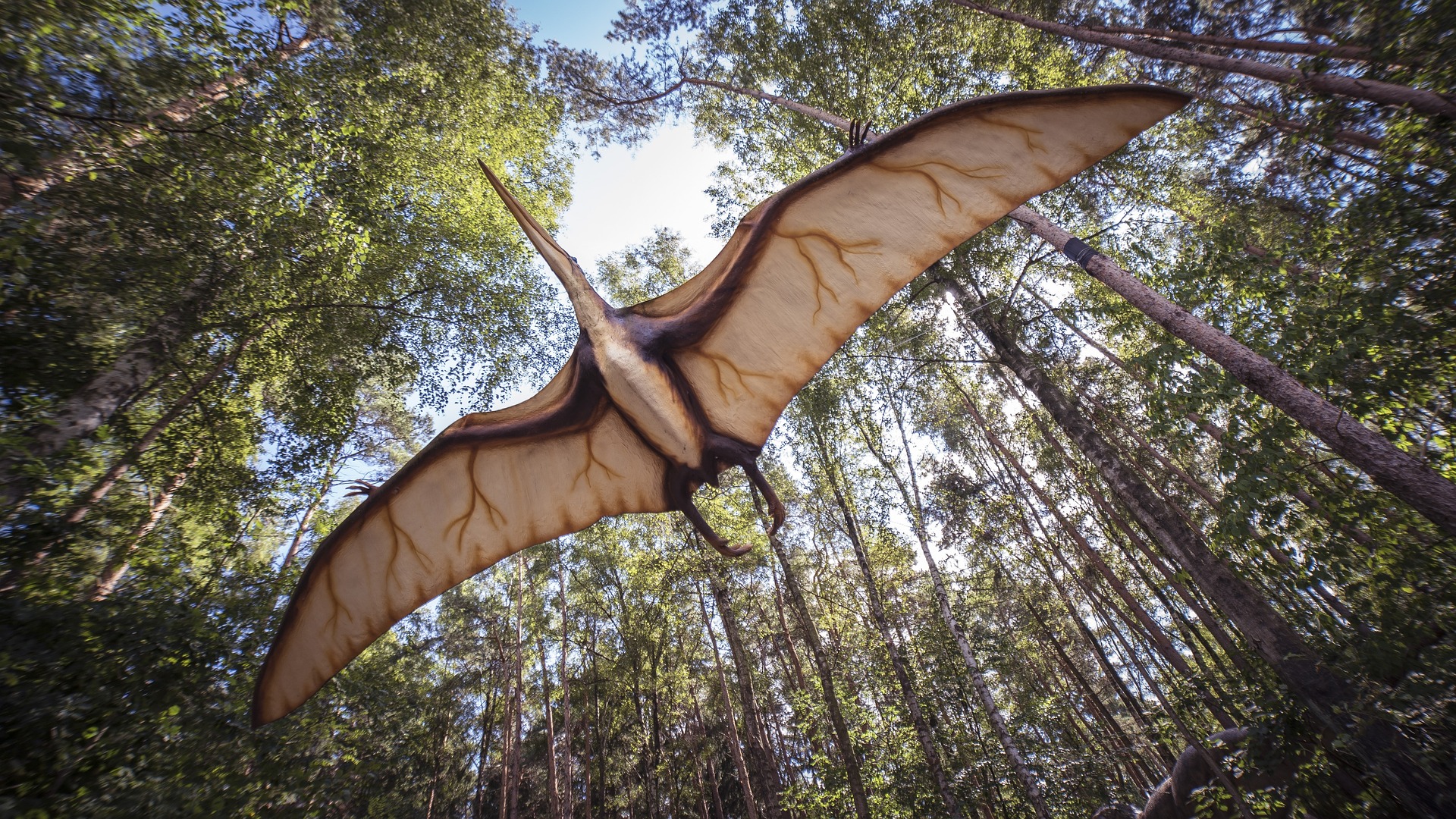Recent discoveries of fossilized pterosaur footprints have provided valuable evidence that these ancient flying reptiles transitioned from an arboreal lifestyle to ground-based living around 160 million years ago. This shift, revealed through detailed analysis of trackways, sheds new light on the behavior and evolution of pterosaurs during the Jurassic period, marking a significant ecological development.
Unveiling the terrestrial lifestyle of pterosaurs
A study led by researchers from the University of Leicester examined fossilized footprints attributed to three distinct groups of pterosaurs: ctenochasmatoids, dsungaripterids, and neoazhdarchians. These tracks, preserved in fine-grained mudstones and sandstones, suggest that these flying reptiles lived in deltaic and lakeshore environments. Evidence points to behaviors such as wading and walking on land, which challenges the previous notion of pterosaurs as exclusively aerial creatures. The presence of these tracks in coastal deposits indicates that pterosaurs had adapted to terrestrial habitats.
Ecological roles and behaviors
The study highlights the diversity of pterosaur species and their ability to occupy a range of ecological niches. For example, ctenochasmatoids, with their long jaws and needle-like teeth, likely waded along muddy shores or shallow lagoons to catch small fish or floating prey. This demonstrates the adaptability of pterosaurs, allowing them to exploit various habitats for feeding and reproduction.
The identification of specific pterosaur groups based on their trackways also offers insights into their distribution and ecological roles. By linking footprints to particular species, researchers can infer patterns of movement, behavior, and interaction with their environment, thus providing a deeper understanding of pterosaur life during the Mesozoic era.
Implications for paleontological studies
These discoveries enrich our understanding of pterosaur biology and contribute to broader discussions on the evolution of flight and the ecological dynamics of prehistoric ecosystems. The study of fossilized tracks and other evidence will continue to shape our knowledge of how pterosaurs and other ancient creatures adapted to their environments, shedding new light on the complexities of life during the age of dinosaurs.





